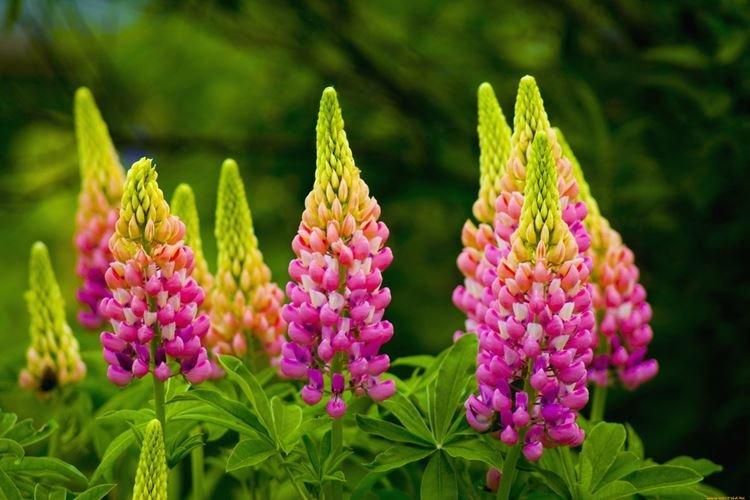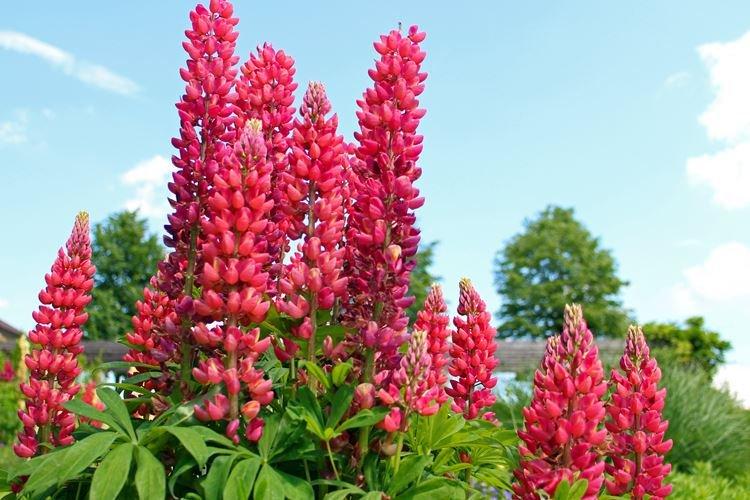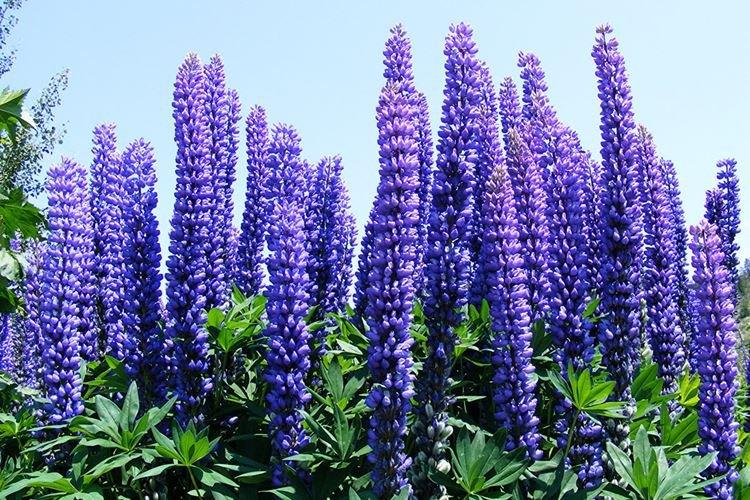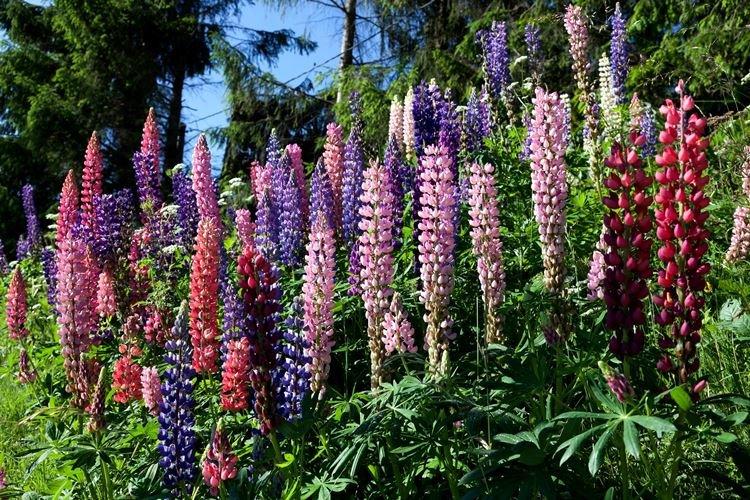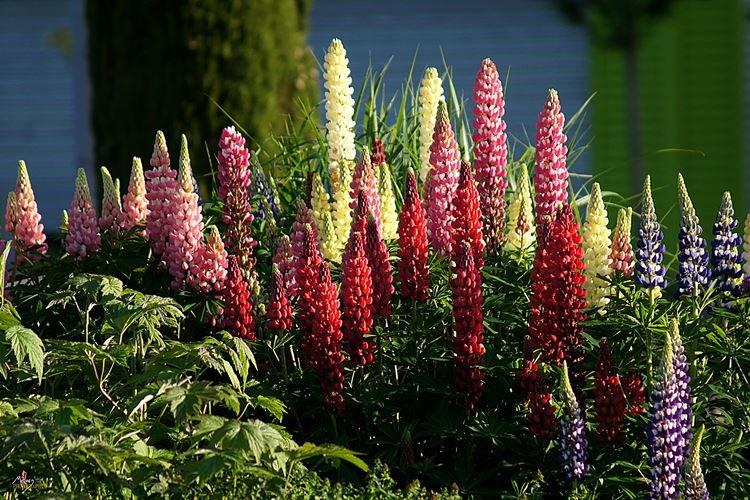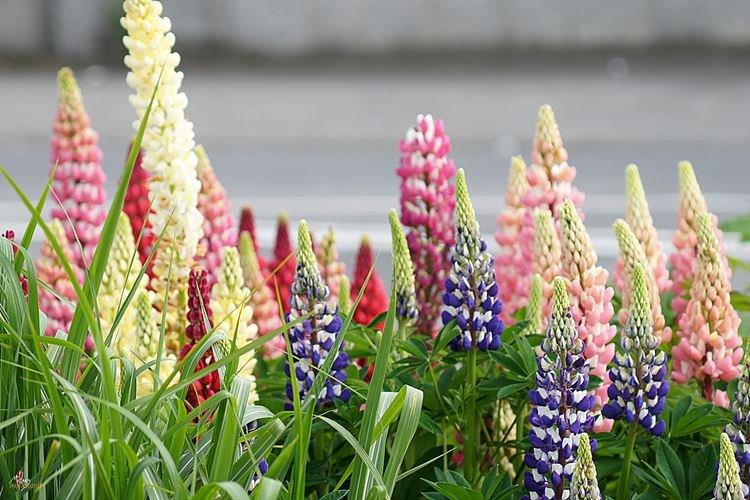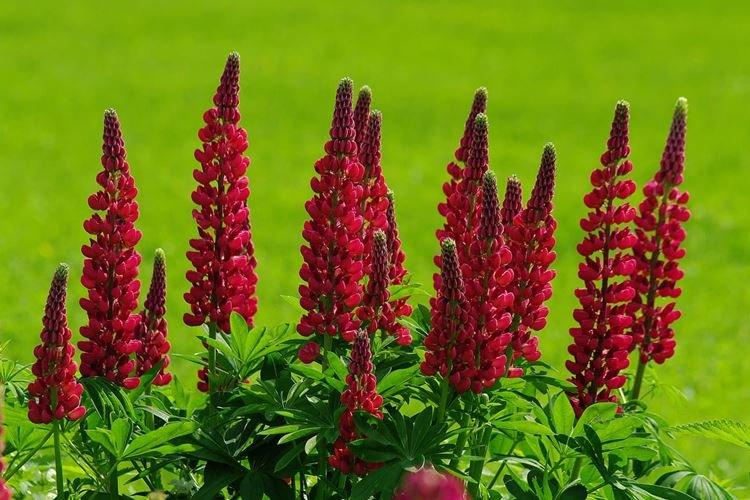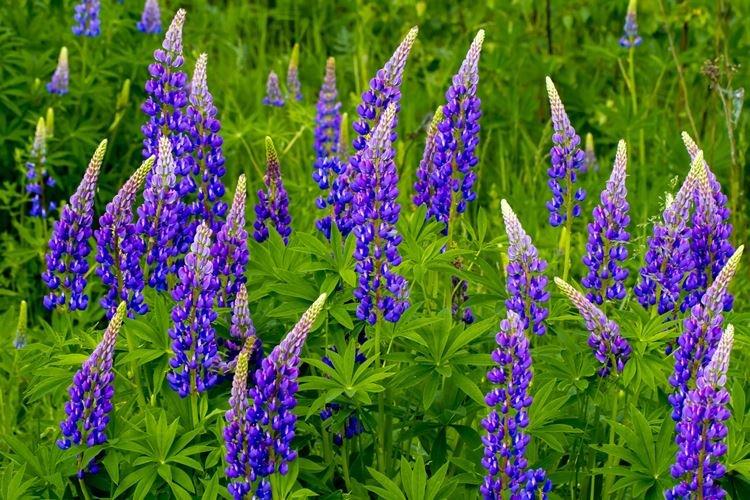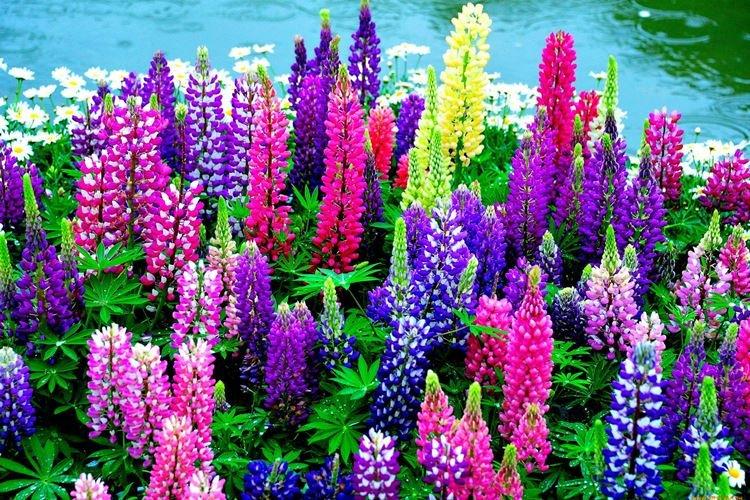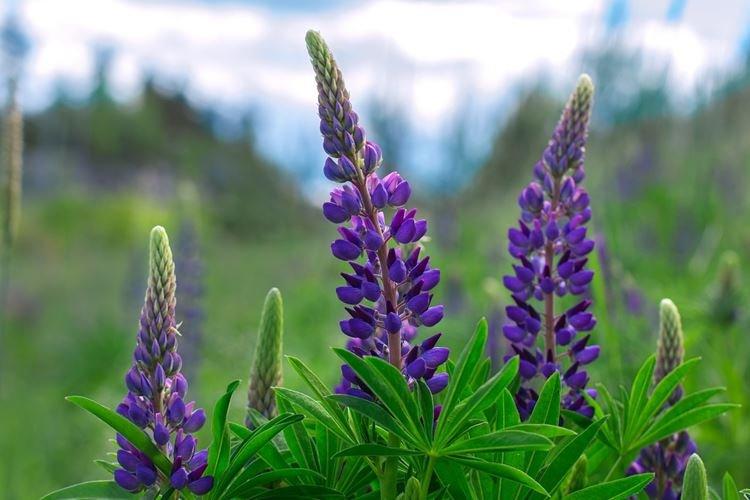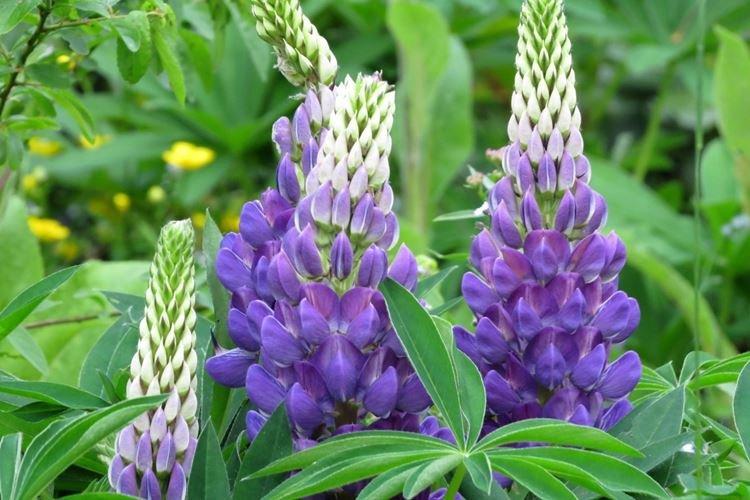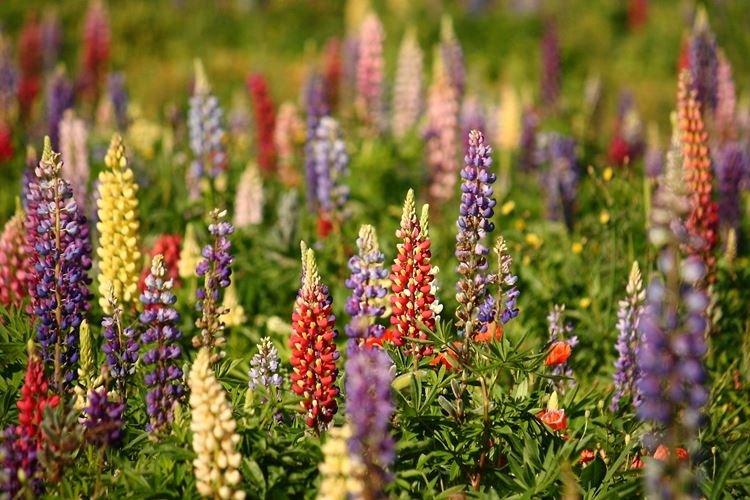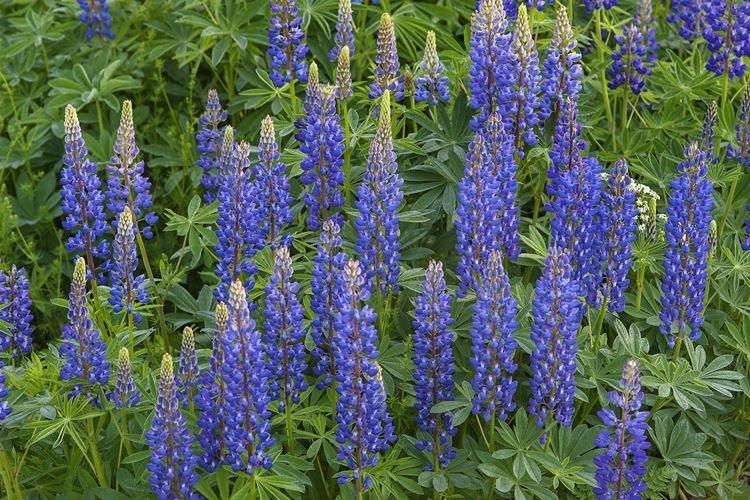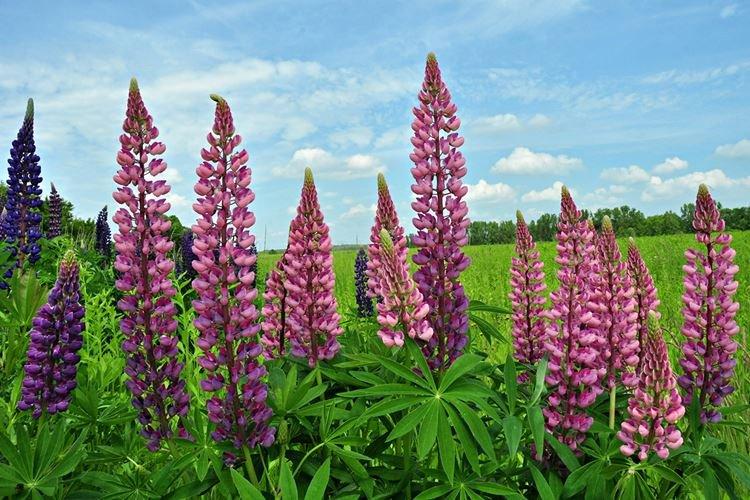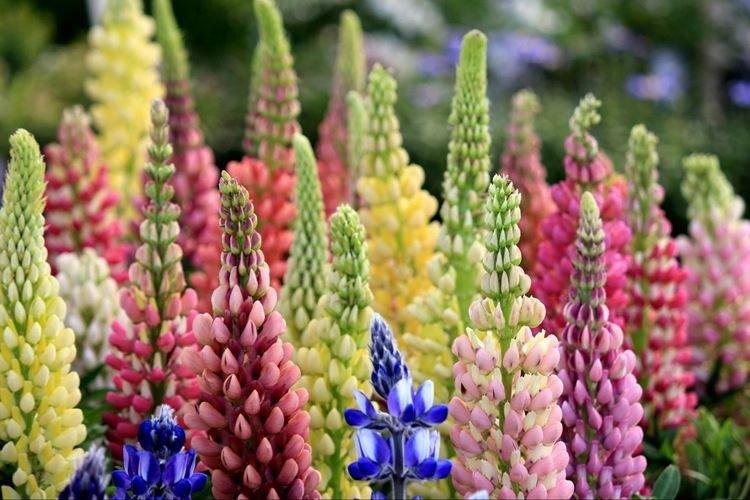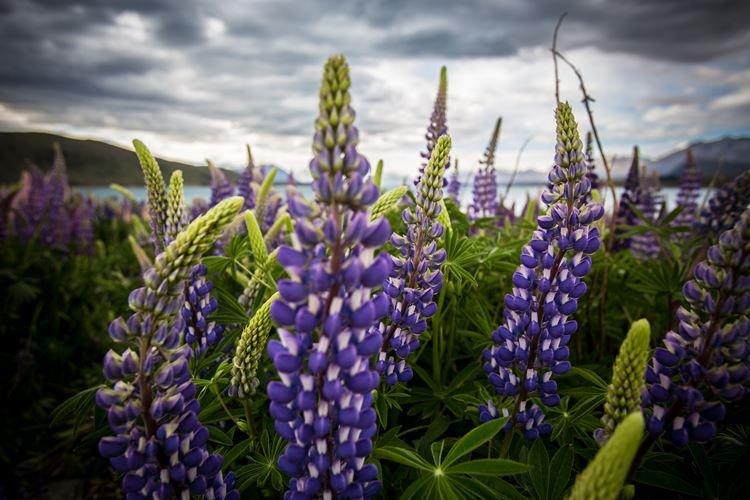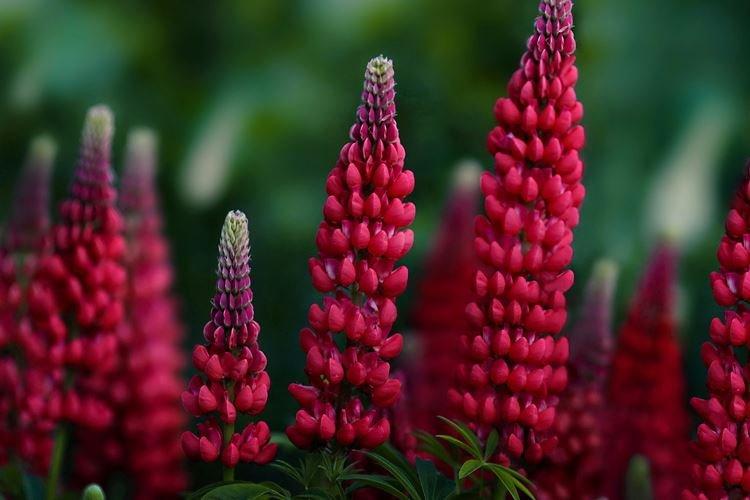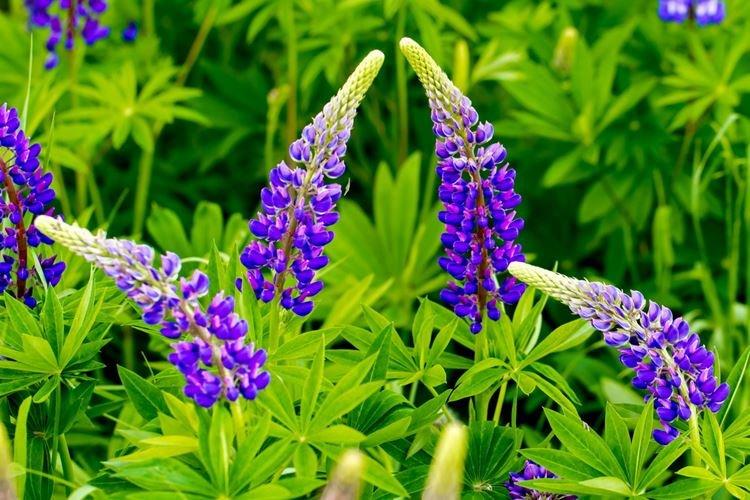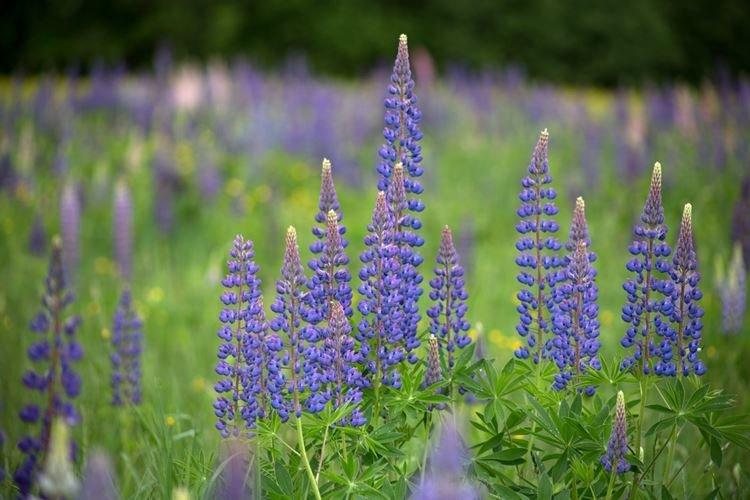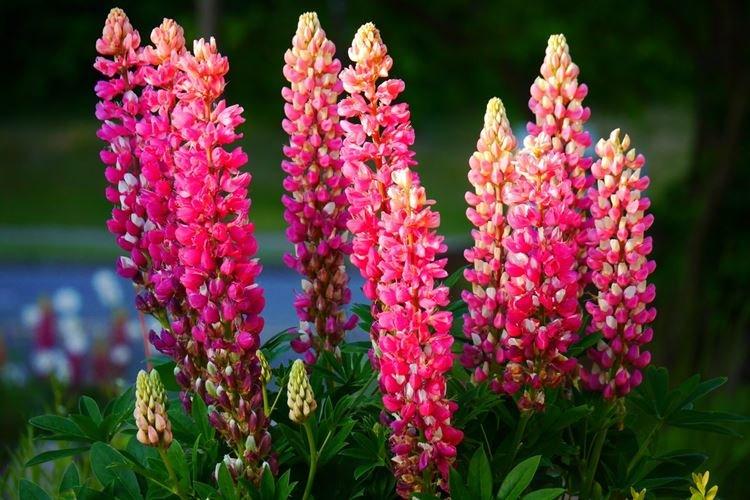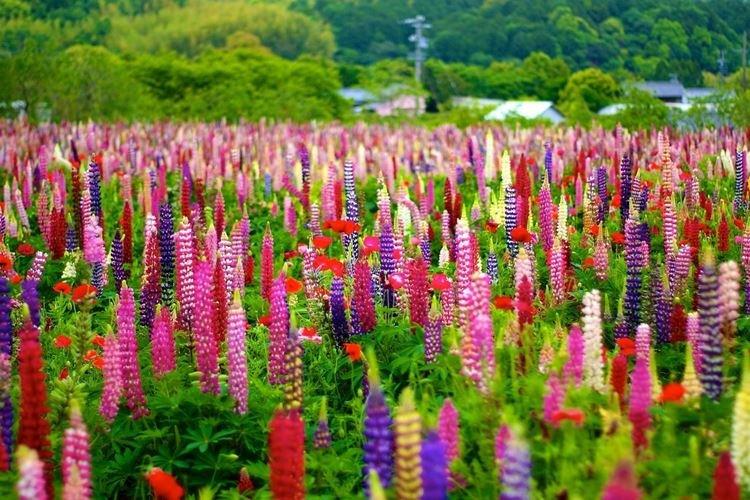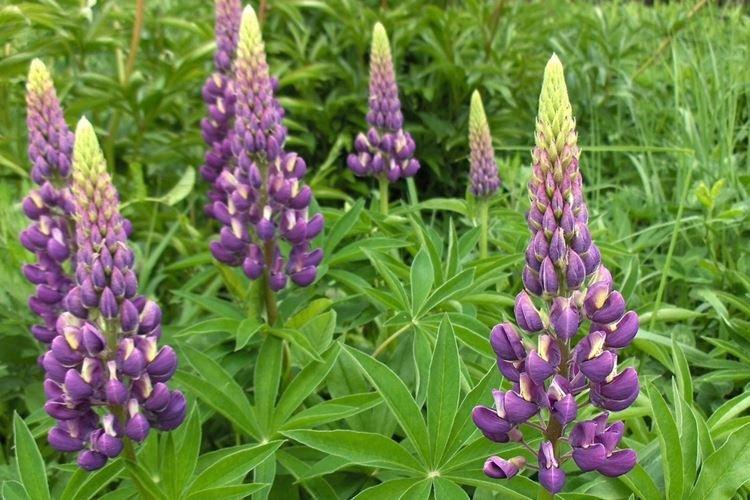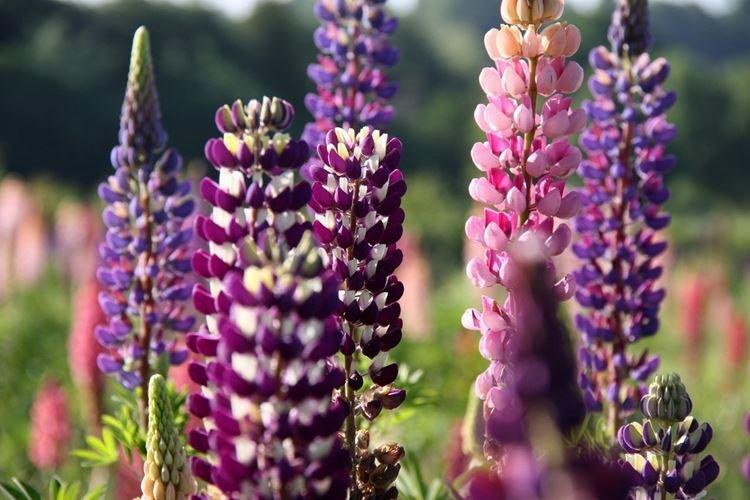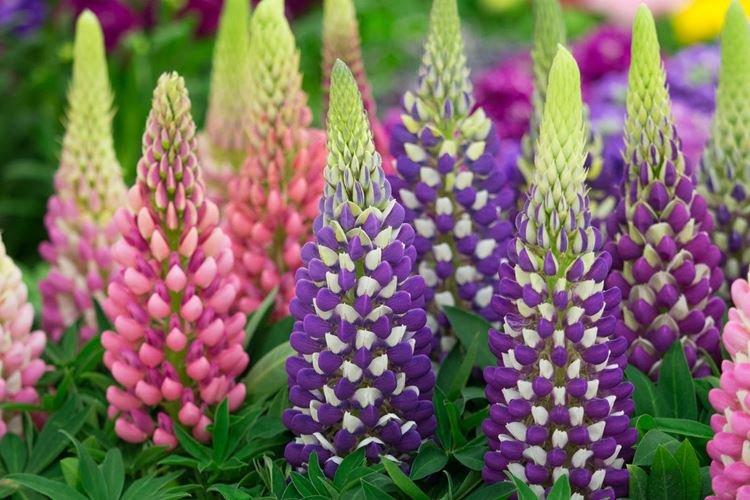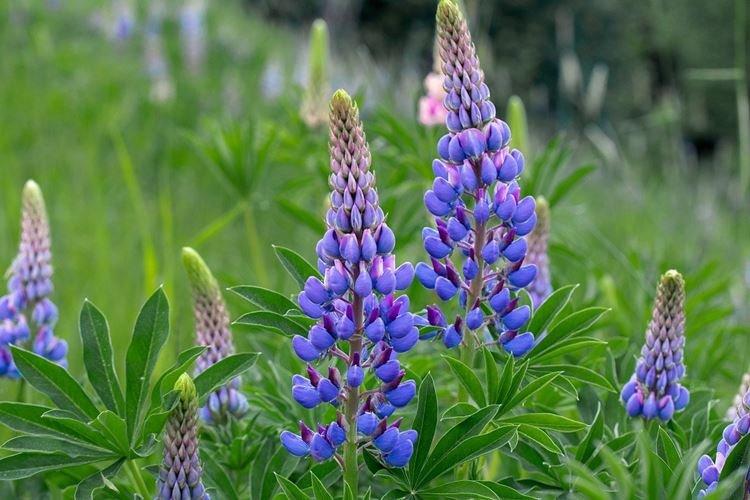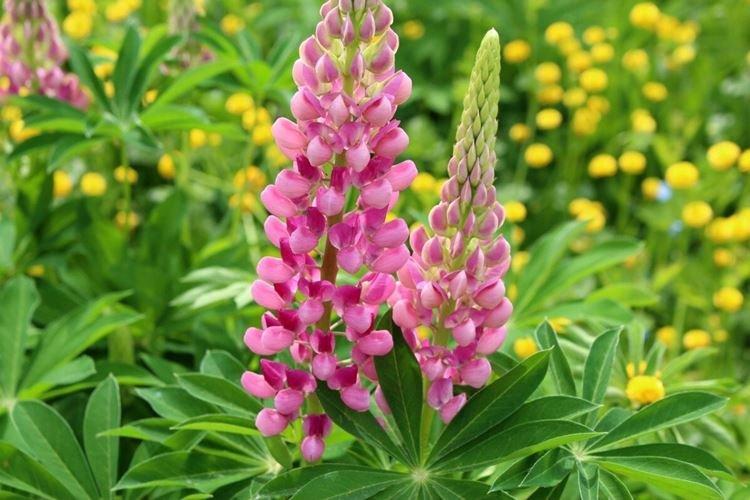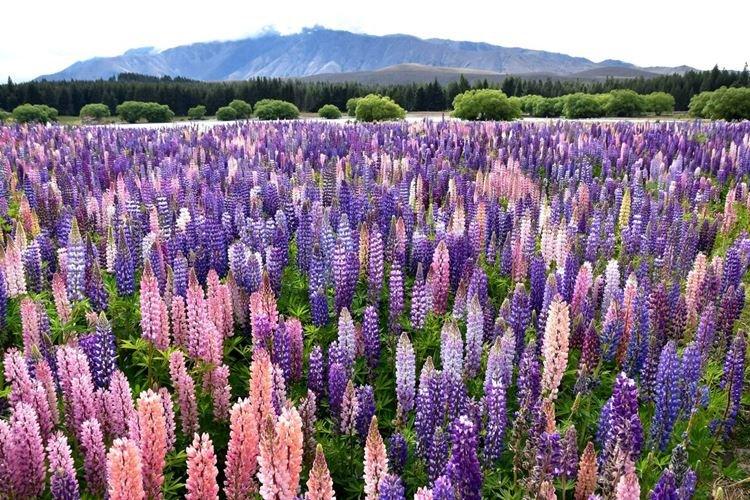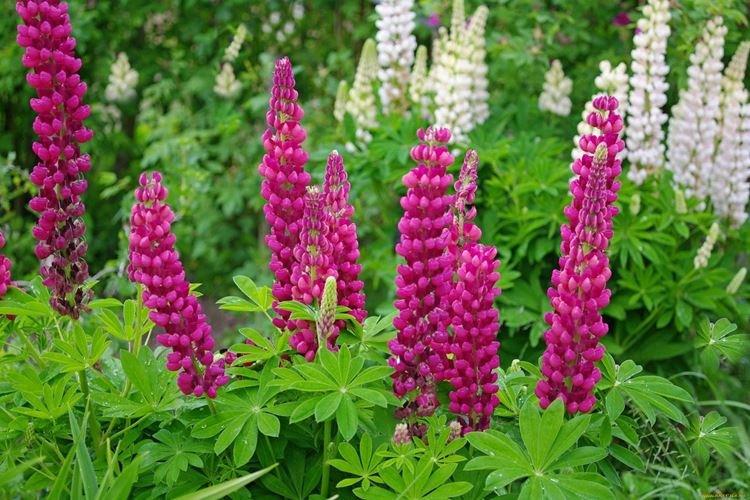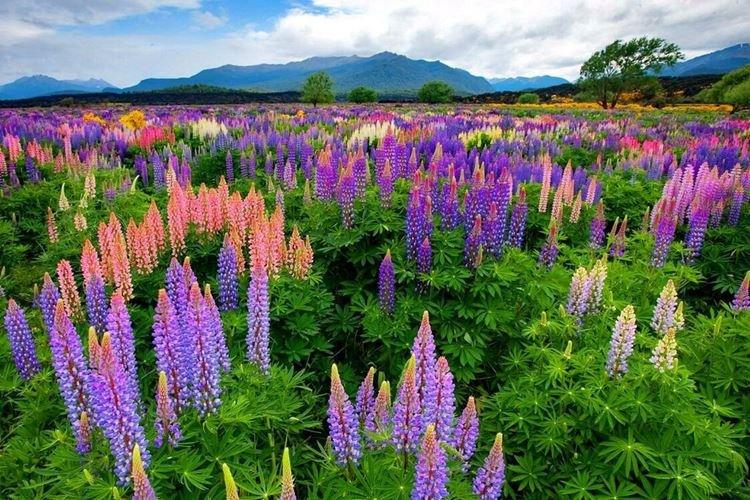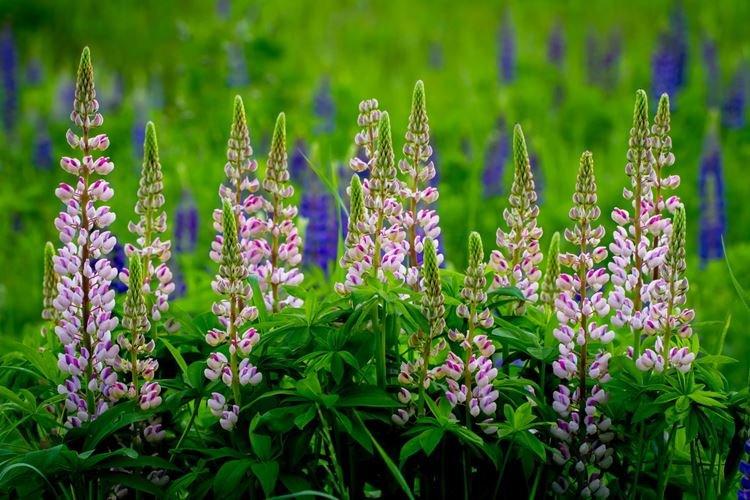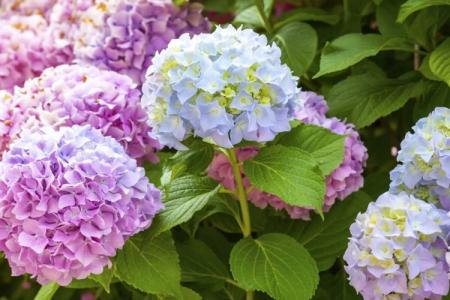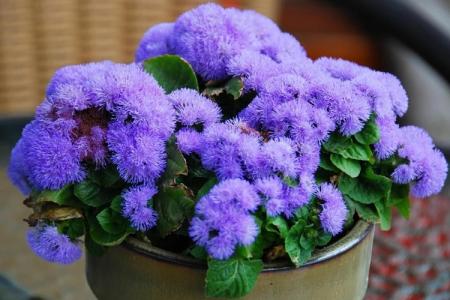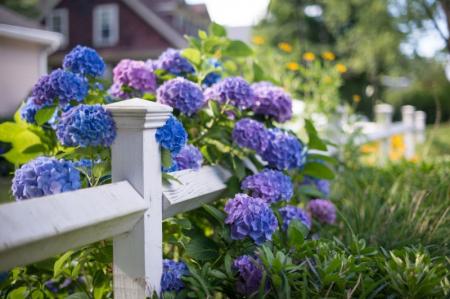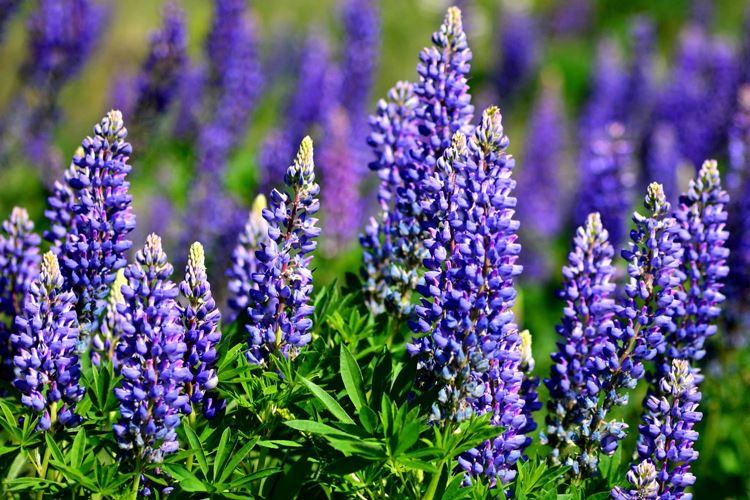
Although decorative lupine belongs to legumes, in the areas it is appreciated, first of all, as a beautiful flower. Tall and voluminous multi-colored brushes against a background of dense foliage look great in group plantings. And lupine is also an ideal natural green manure, which is able to fertilize the soil itself and repel insects. Interested? Let's tell!
general information
The threatening name of lupine, which literally translates to "wolf", has little to do with a delicate decorative flower. In their natural environment, fancy wolf beans are found almost everywhere - from Alaska to the Mediterranean-African region. There are several hundred species, but only a few have taken root in the culture.
Strong shoots are covered with numerous, complex-shaped palmate leaves. Large carpal inflorescences are covered with numerous elastic flowers and in some species in nature can reach a meter in length.
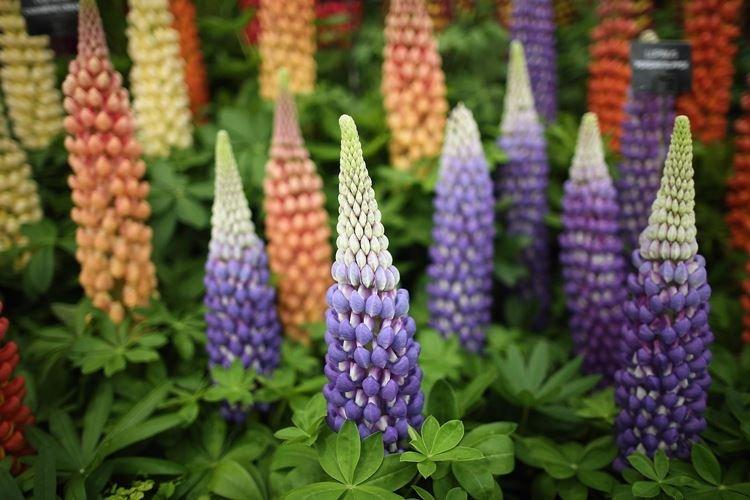
Lupine is surprisingly resistant to drought, because it was able to adapt even to the conditions of Arizona and Chile. The powerful taproot can go up to 2 m into the ground, so the flower survives well in any conditions. The specificity is that the surface parts rapidly absorb nitrogen, and then give it to the soil around.
Among the lupins there are annual and perennial species of various sizes - herbaceous, dwarf shrubs, or even full-fledged bushes. At the beginning of the twentieth century, breeders began to actively develop decorative varieties for horticulture - Russell hybrids.

Lupine species
Selected varieties of lupine differ in brush colors. In our latitudes, only four main species are distributed, and multi-colored hybrids within them. But we will tell you about a few more rare ones!
Lupine multifoliate
It is the most popular and most extensive species, with dozens of varieties. A perennial grows in one area for up to 10 years, blooms in the second year and is resistant to frost. Straight stems easily stretch over a meter, and inflorescences up to 35 cm, and most often purple.
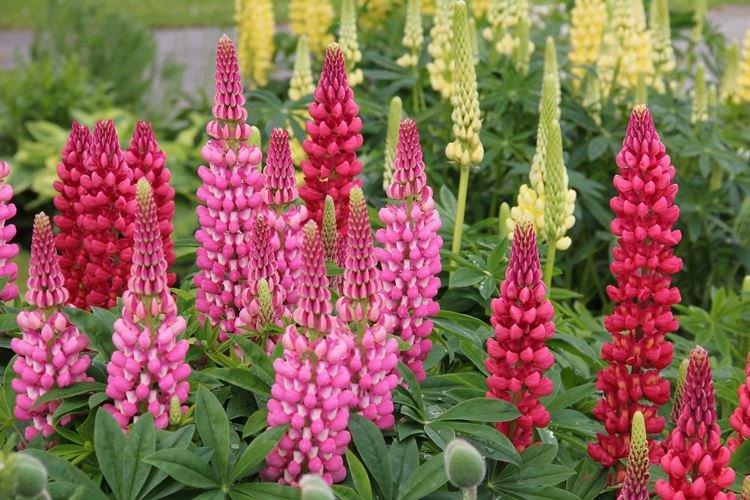
Lupine angustifolia
This is another very common blue-violet lupine that can even grow taller than the multifoliate. Pink and white varieties are less common, but they are more difficult to grow on their own. It is an early ripening variety that thrives in northern regions.
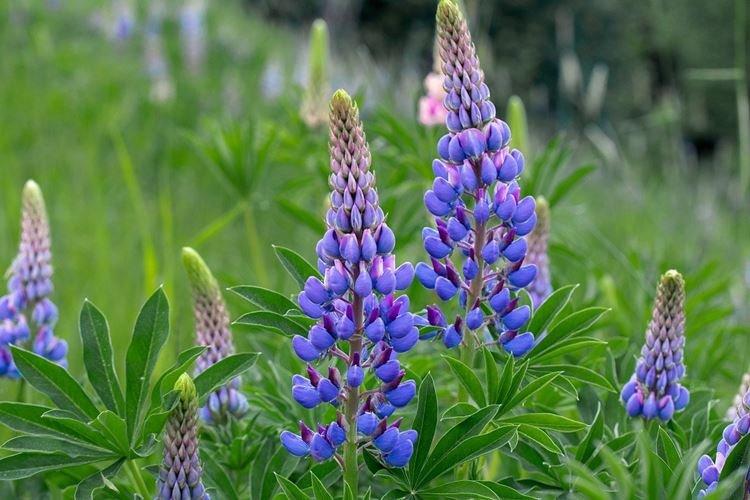
Yellow lupine
Yellow lupins are slightly lower, they stretch to a maximum of a meter and are not so frost-resistant. They are more common in the southern regions and are grown as an annual.
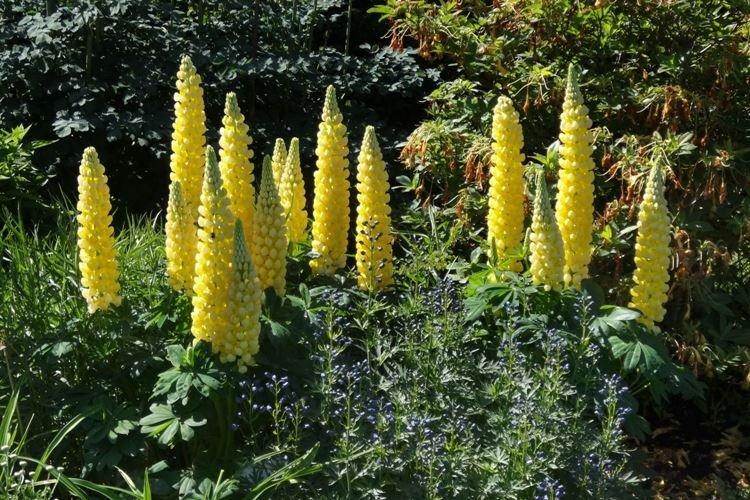
White lupine
The European annual is known for its rapid growth and can even stretch up to 2 m. It is often grown as a valuable agricultural crop, and in some countries it has been eaten for centuries.
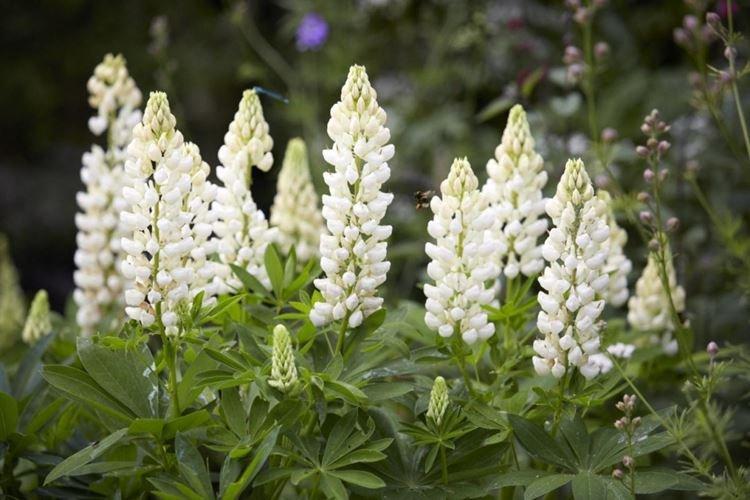
Tree lupine
Tall, tall and beautiful perennial, unfortunately, is not at all winter hardy. But this is a rather spectacular and powerful species that grows up to one and a half meters and blooms with white and yellow flowers.
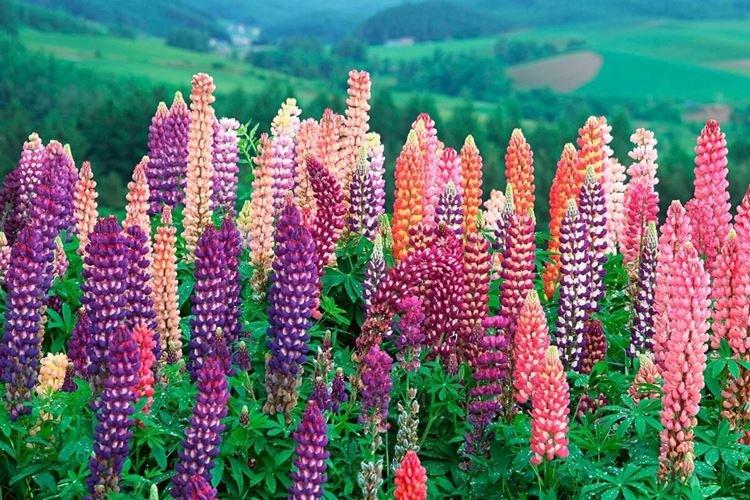
Lupine Lulu
It is not a separate species, but a mixture of hybrid varieties specifically for decorating areas. Those same Russell hybrids are selected so that annuals grow as quickly as possible and bloom twice a season.
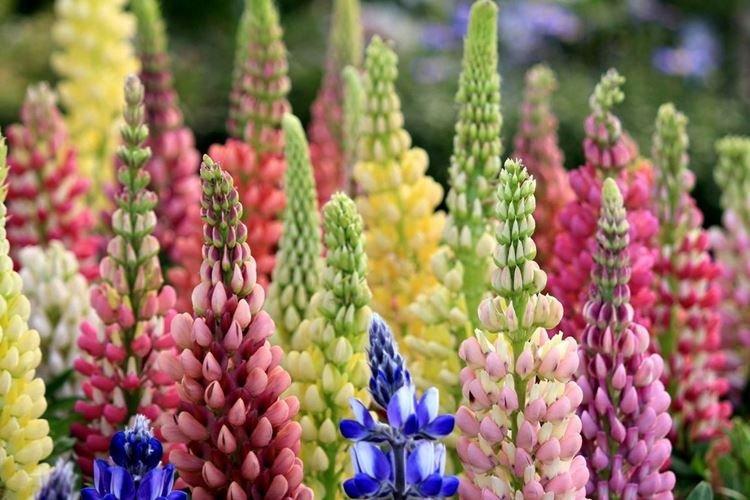
Lupine care
Lupine does not need specific care, because he himself copes with fertilizing the soil and even helps in the fight against garden pests. But still, I want the landing to look beautiful and tidy - and there are a couple of nuances here.
Temperature and lighting
On the site, lupine prefers sunny and well-lit places, because a lush plant needs a lot of resources. Seeds germinate at a temperature of about 15 degrees, but it can be lower - from 6. Seedlings also develop faster in warmth, but they easily tolerate short-term frosts.
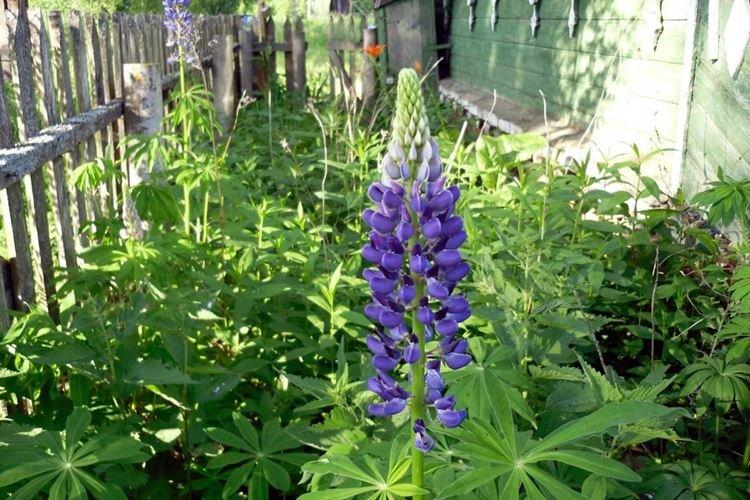
Watering
Different varieties of lupine have different requirements for the frequency and intensity of watering.Immediately after planting, the plant needs as much water as possible, otherwise the foliage and flowering will not be lush enough in the future. But the rest of the time, watering is moderate.
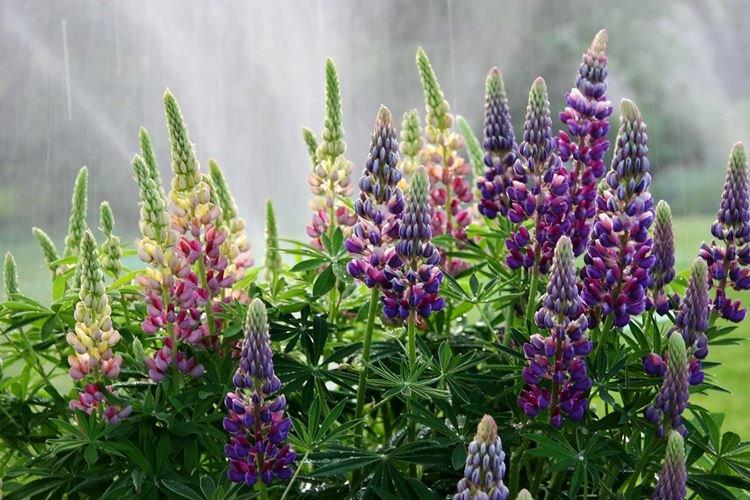
The soil
The ideal option is a slightly acidic or slightly alkaline soil, because in this regard, lupine is a flower of contrasts. During the first year, you need to regularly loosen the soil and remove weeds that the lupine could not cope with on its own. To stimulate the development of a powerful and branched root system, periodic hilling is needed.
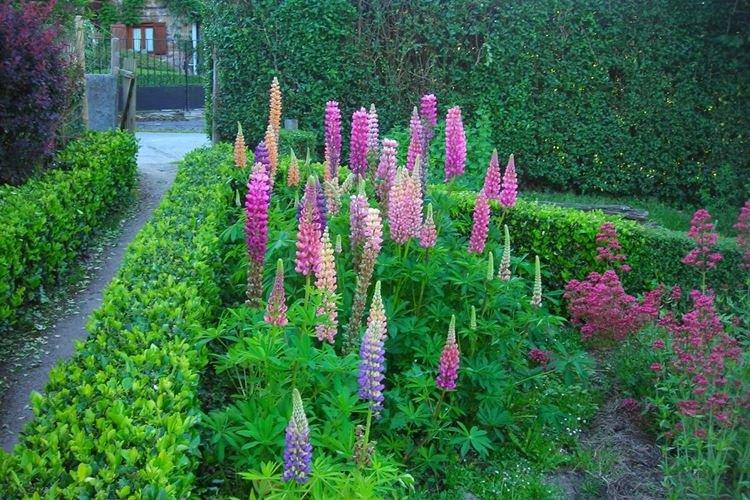
Fertilizers and feeding
By its nature, lupine is a green manure, so it is more often used for fertilization. He does not need nitrogen fertilization, because he generates the necessary substances on his own. But for a more voluminous flowering, perennials can be fed with potassium and superphosphate, and then add a little ash.
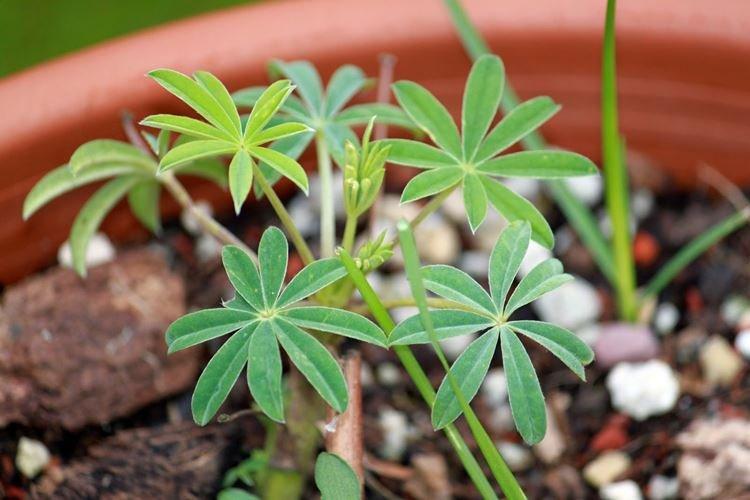
Transplant and reproduction
To grow lupines from seeds, plant them at home in a loose sod-peat substrate. For quick germination, add ground old lupine roots to the soil. Cover the containers with damp gauze on top and leave them warm. Keep in mind that it is almost impossible to grow a varietal lupine with all the traits from seeds on your own - it loses its parental traits.
In open ground, seeds are sown in April or before winter, but it is better to prepare the soil in six months. To do this, add lime or dolomite flour. In this case, sprinkle the seeds with soil by 2 cm and mulch with peat. In order to collect them from your planting in the future, it is important to do this before the beans burst and scatter.
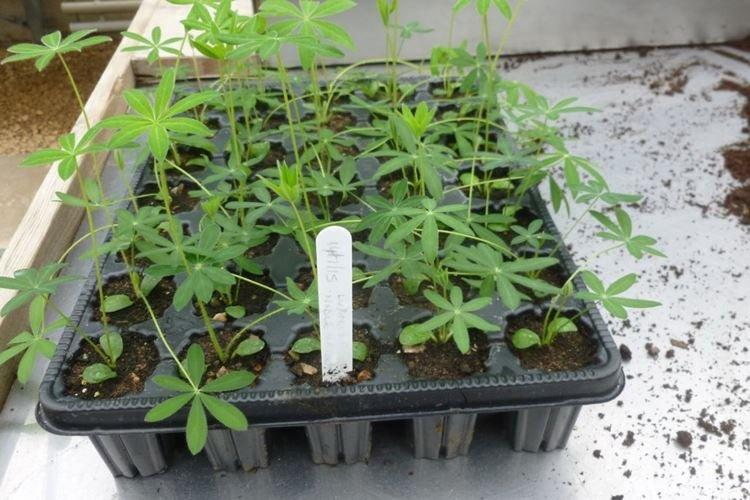
Pruning
During the season, lupines need to be carefully trimmed so that they delight longer with their lush beauty. Remove dry inflorescences and shoots in time, do not allow the formation of seeds. For the lupine to bloom for the second time in a year, cut the shoots as soon as the brushes begin to wilt and use quick fertilizers.
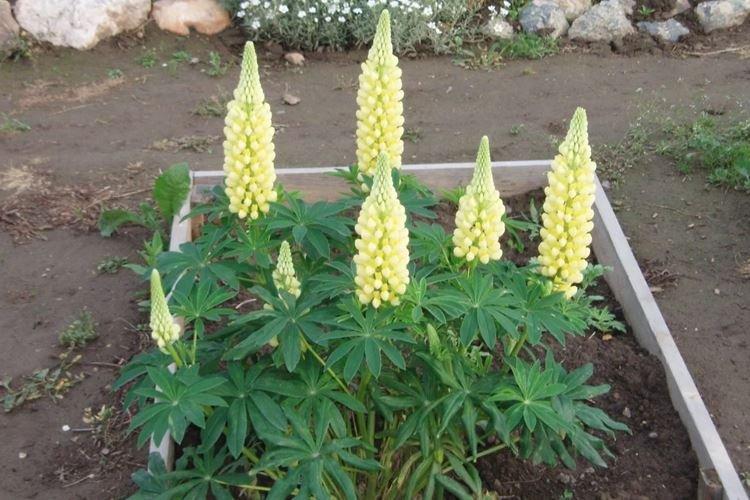
Wintering
Lupine does not tolerate too severe frosts, therefore, we recommend that you be sure to cover perennial varieties for the winter. Be sure to tie up plants in open areas, because they are tall and can break under a strong autumn wind.
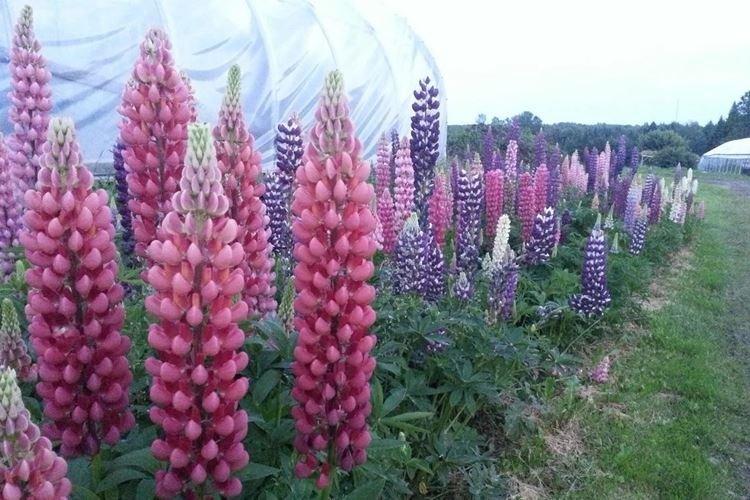
Pest and disease control
In the garden, there are practically no diseases and parasites that can really seriously harm the lupine. Too swampy soil naturally leads to rotting and fungi. Of insects, aphids are occasionally disturbed, fly larvae and weevils - that's all. The simplest scheduled processing completely solves these problems!
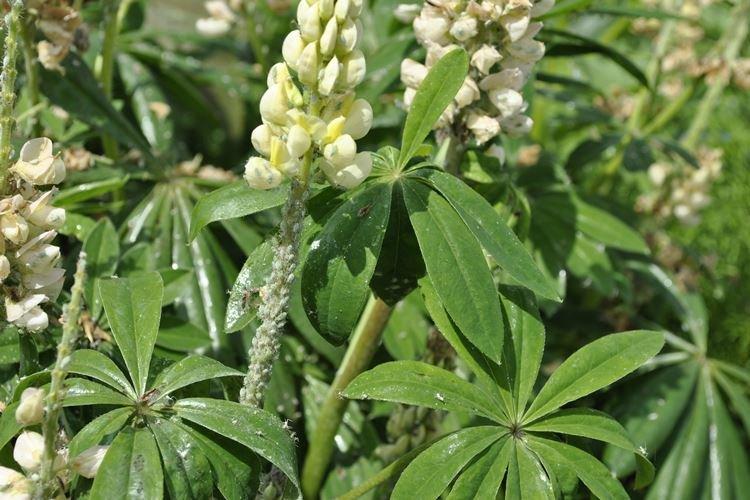
Lupine - photo
Lupine blooms are very beautiful and varied, although they are often underestimated. Just look at the photo!
